Did those rugged cowboys really sip on warm beer? Sounds a bit disappointing, doesn’t it? But the truth is, those rowdy saloons scattered across the Wild West weren’t exactly equipped with modern refrigeration. Back in the 19th century, cold beverages were a luxury. With no fridges around and the sweltering heat of the desert, beer was often served warm. Yep, warm!
Imagine, after a long, dusty ride across the plains, stepping into a dimly lit saloon, hoping for a refreshing drink, only to find it was room temperature at best. Cowboys had no choice but to embrace the warmth. Refrigeration was rare, and transporting ice from far-away places was quite the challenge. So, warm beer it was.
These saloons, however, were more than just places to wet the whistle. They were bustling social hubs, the heart of town life, where cowboys gathered to swap stories and perhaps do a bit of show-off gun spinning. But beer wasn't just about drinking; it was a taste of camaraderie and a symbol of the rugged, independent lifestyle synonymous with cowboy culture.
- The Reality of Warm Beer in Saloons
- Lack of Refrigeration: A Cold Hard Fact
- Saloons as Social Hubs
- Cowboys’ Drinking Habits
- Legacy of the Wild West Drinking Culture
The Reality of Warm Beer in Saloons
So, let’s talk about how common drinking warm beer was in the Wild West. Those old-timey saloons, with their swinging doors and poker games, weren't the frosty beer paradises we might imagine today. Back in those rough-and-tumble days, refrigeration was practically non-existent.
Without the convenience of modern cooling, keeping beer cold was a big challenge. The beer often traveled long distances in wooden barrels and by the time it reached the saloons, it was far from icy. The beer is believed to have been brewed following traditional recipes and fermentation processes typical for the time, which didn't prioritize serving it cold. It's estimated that these beverages were stored in cellars at best, meaning that, at most, they were just cool.
Why No Ice Cold Refreshments?
Many wonder why they didn’t just use ice. Well, acquiring and preserving ice wasn’t easy on the open plains. Ice was a hot commodity, often shipped from colder regions and stored in sawdust-lined icehouses. Not the most reliable method when you're trying to keep your drinks chilled. The costs of such transport and storage often meant ice was saved for special treats or the very wealthy.
Saloons were about simple pleasures. With the extreme temperatures and dusty terrain, cowboys embraced what they could get. And, let's be real, after a long day herding cattle or prospecting for gold, a pint of warm beer still hit the spot.
A Cowboy's Cheers
Despite the lack of cold beer, saloons weren't just about the drink; they were community hubs. Cowboys, miners, and travelers gathered to share stories, often over a mug of warm beer. These places were essential for news and camaraderie, acting as social centers in an often isolated and rugged environment.
The warm beer was just one of the many quirks of life in the Wild West. Back then, it wasn't just about what was in your glass but who you were drinking it with.
Lack of Refrigeration: A Cold Hard Fact
Ever wonder why cowboys were always drinking warm beer? The simple reason: no fridges. That's right, refrigeration was not a thing in the Wild West days. If you think about it, getting a cold beer back then was like asking for a hot coffee on a glacier. Impossible!
Getting ice to these remote towns was a huge ordeal. With no speed trains or highways, transport was slow and costly. Any ice hauled in would melt faster than you can whistle 'Dixie.' Most of it would be gone by the time it arrived, making proper beer chilling a luxury dream that few saloons could afford.
Challenges of the Old Ways
Back in the day, ice was harvested from lakes and rivers in northern areas during winter. It was then packed in sawdust or straw and shipped out. But getting it to places like dusty saloons in the middle of nowhere was another story. The logistics were mind-boggling for that era.
Most towns did get some ice, but it was expensive and reserved for things like food preservation rather than making drinks chilly. If there's one thing to learn from those times, it’s that folks made do without fancy gadgets. Cowboys developed a taste for warm beer out of necessity.
Warm Beer: A Necessary Beverage
Survival in the Wild West also meant knowing when to adapt. Cowboys weren’t sipping ice-cold brews on a hot day, but they weren't fazed. Warm beer became just another part of cowboy life, part and parcel of their day-to-day existence.
| Year | Refrigeration Development |
|---|---|
| 1800 | No mechanical refrigeration |
| 1850 | Transport of ice by rail |
| 1876 | First refrigerator patent |
| 1880 | Commercial refrigeration begins |
Understanding the lack of refrigeration helps appreciate why warm beers were a common sight in cowboy times. It's a reminder of just how resourceful those Old West folks really were!
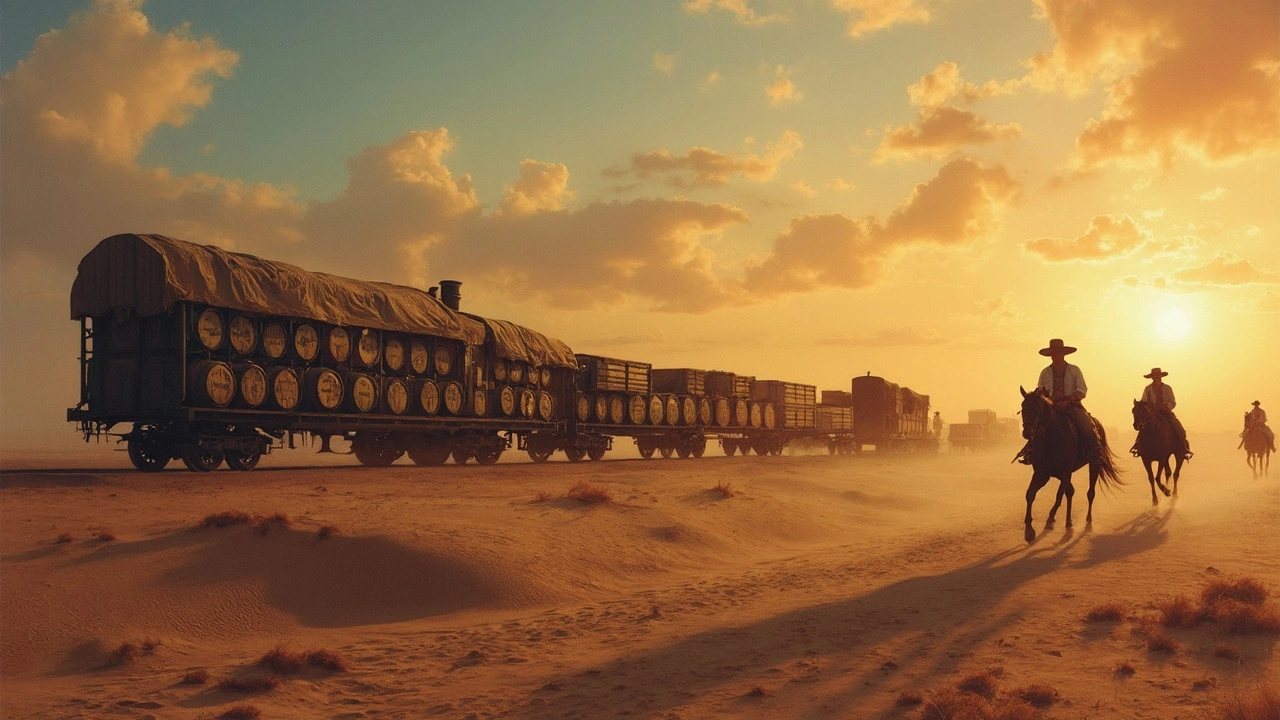
Saloons as Social Hubs
Back in the days of the Wild West, saloons were much more than watering holes—they were the social hubs of the community. Think about it: dusty towns with cowboy hats, revolvers, and yes, warm beer! But these saloons were buzzing with life and excitement, offering refuge and entertainment to cowboys after long days on the trail.
What made these places so lively? For starters, they were where deals were made and jobs were found. Many cowboys lined up gigs around the saloon bar over a drink or two. Employment boards couldn’t beat barstool chats in terms of effectiveness. You might say saloons served as the local job market!
Entertainment Galore
Entertainment? Oh boy, did saloons deliver! With lively poker games, lively piano tunes, and even some performances, saloons turned into arenas of amusement. Shows ranged from musical acts to enthusiastic storytelling, where legendary tales and occasional exaggerated yarns were spun.
Meeting Spots
Beyond the entertainment, saloons were critical meeting spots. They were where cowboys caught up with the latest news or perhaps indulged in a bit of local gossip. These places served as news hubs even before newspapers became widespread in every frontier town.
Interestingly, saloons also became melting pots where diverse groups mingled. Miners, trappers, travelers—all found their way to the bar, fostering a unique social dynamic. Can you imagine the lively discussions and debates over some whiskey or beer warm from the shelf?
However way you slice it, the social hub role that saloons played was as integral to the town as the messier business of moving cattle or striking a fortune. They were the true glue of frontier sociability, the pulse that kept the heartbeat of the Wild West alive.
Cowboys’ Drinking Habits
Saddle up and get ready to dive into the drinking habits of cowboys! When you think about the Wild West, you might picture rugged cowboys around a campfire, but much of the socializing happened inside those noisy saloons. Cowboys weren’t too picky about their drinks, and while warm beer was commonly on the menu, it wasn’t their only choice.
Cowboys often enjoyed a mix of drinks. Whiskey was a real favorite, mainly because it packed a punch and was easier to transport than barrels of beer. Whiskey came in various forms, but it wasn’t always the best quality. Sometimes it was mixed with other spirits or even chemicals to stretch its supply. But for cowboys, it was good enough.
The Role of Whiskey
Whiskey was as common as horse saddles! It was cheap, strong, and available in most saloons. Price ranged depending on quality, of course, so even cowboys on a budget could partake in a drink or two. It was not just about getting a buzz; it was about unwinding and sharing stories after a long day of cattle herding.
Innovative Mixing
Cowboys were also known for their creativity when it came to drinks. Sometimes, they added ingredients like molasses to their whiskey to enhance the flavor or mask the poor quality. These concoctions might sound strange today, but back then, it made the daily grind a bit more bearable.
Apart from their Wild West adventures, cowboys needed to blow off some steam. Drinking played a big part in the culture—not always in excess, but as a means to bond and share a little piece of the day with each other.
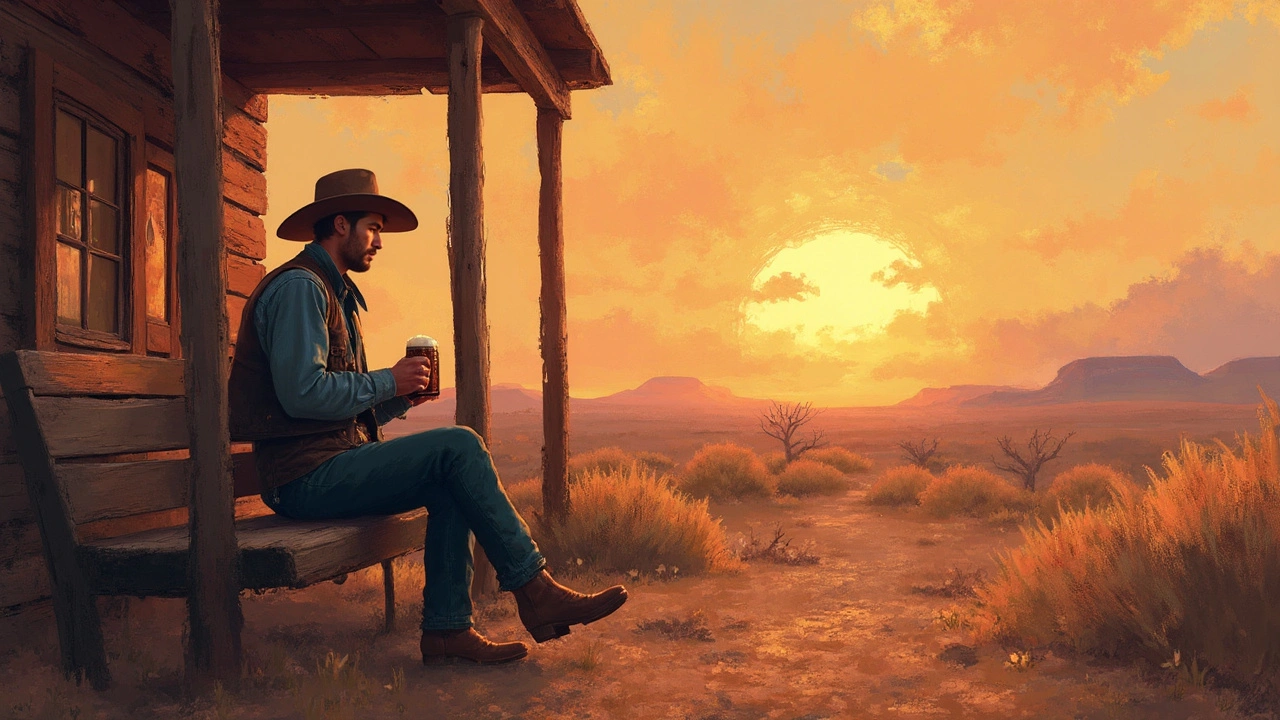
Legacy of the Wild West Drinking Culture
The dusty trails and saloons of the Wild West left us more than just tales of cowboy heroics and outlaws. They also shaped an iconic drinking culture. This legacy might surprise you, as many drinking habits and social norms we take for granted today have roots in that era.
For starters, the cowboys and settlers didn't just drink to get buzzed; their saloon visits were social rituals. These places served as gathering spots where people from all walks of life rubbed elbows. The idea was simple: no matter the harshness of frontier life, a shared drink built unity and trust.
Drinks Beyond Beer
While warm beer might've been the staple, it wasn’t the only choice. Whiskey often took center stage. Given the challenges of keeping drinks cold, spirits like whiskey were easier to store and transport. Cocktails became popular, too, as ways to mask the strong flavors of raw alcohol with whatever mixers were handy.
Drinking culture also adapted to the times. The tumbleweed towns didn’t have today’s luxury of varied menus or fine wines. Instead, the drink selection was whatever could be procured or locally made. Homemade concoctions or 'firewater' occasionally passed as liquor.
Social Codes and Etiquette
The Wild West might seem untamed, but saloon-goers followed unwritten codes of conduct. It was customary to always buy a round if you were buying for yourself, fostering a sense of camaraderie. And let’s not forget the infamous ‘two-gun’ rule—guns were checked at the door to prevent booze-fueled fights from escalating.
The legacy of these social practices persists. Many of today's bar customs, like happy hour and 'toasting,' find their roots in this old-time saloon culture.
| Drink | Popularity in the Wild West |
|---|---|
| Warm Beer | Common, no refrigeration needed |
| Whiskey | The go-to spirit, easy to store |
| Cocktails | Became a way to enhance muddled flavors |
The Wild West wasn't just about shootouts and horse chases. The era saw the evolution of drinking habits that still influence how we enjoy a pint or a tipple today. So next time you raise a glass, spare a thought for the cowboys who pioneered a culture of community, even if it meant drinking warm beer.

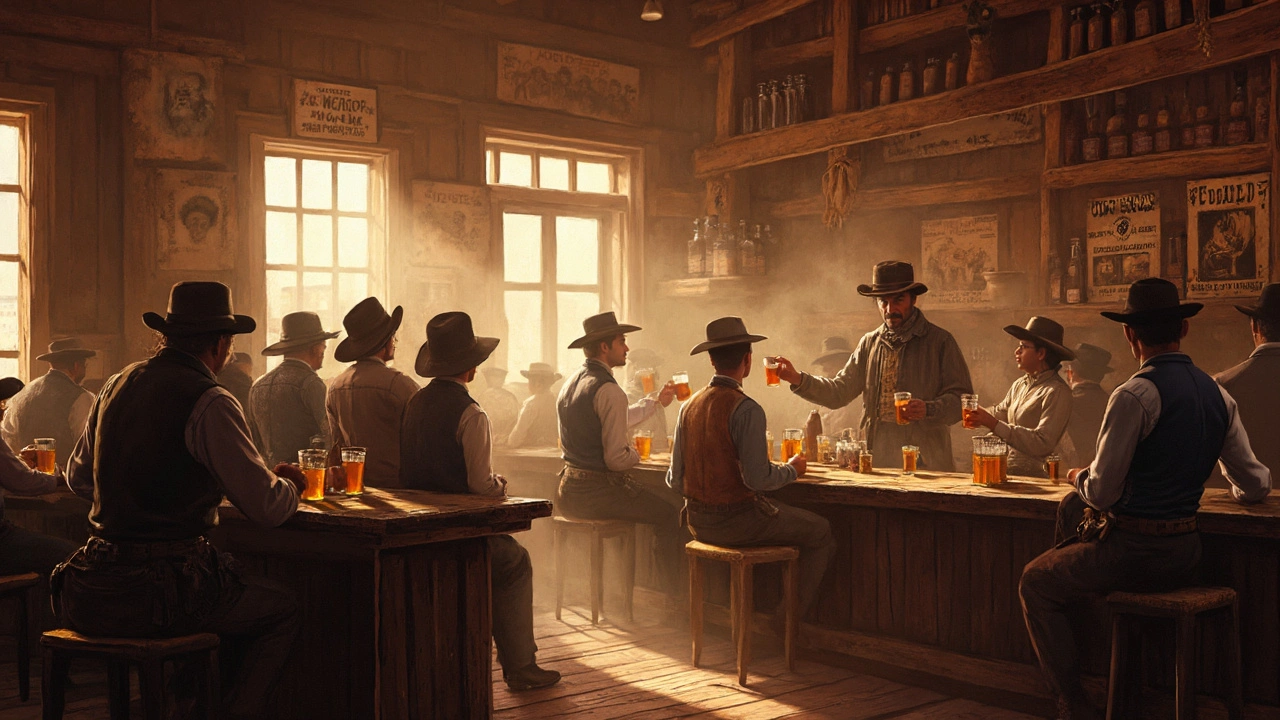
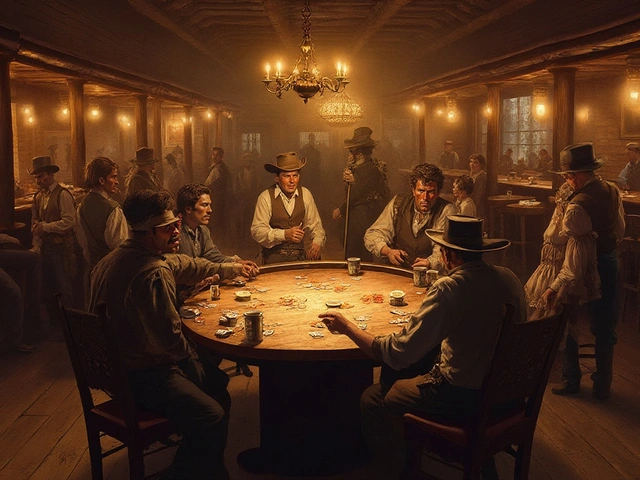

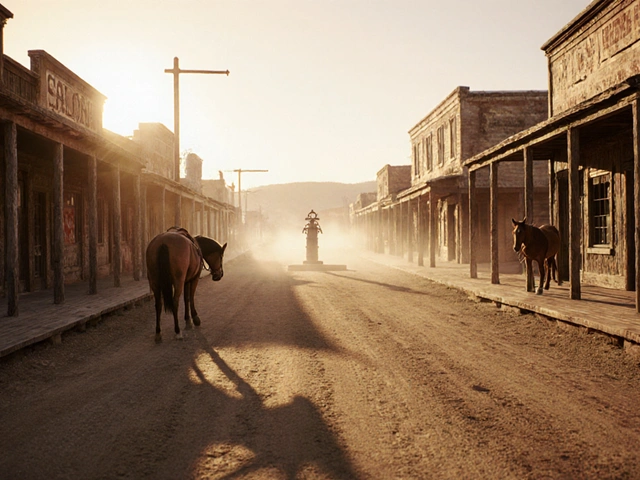
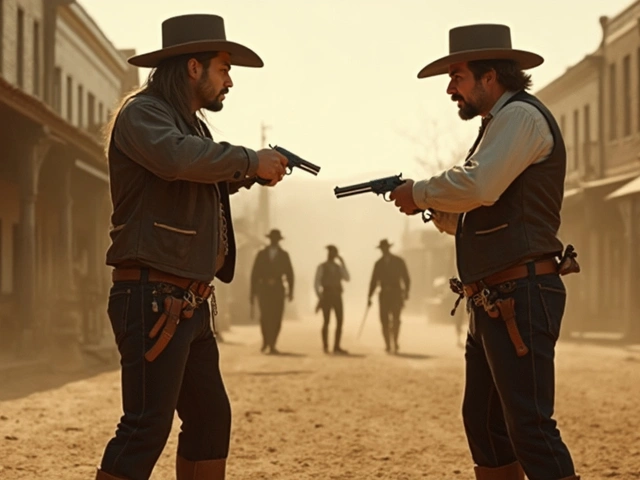
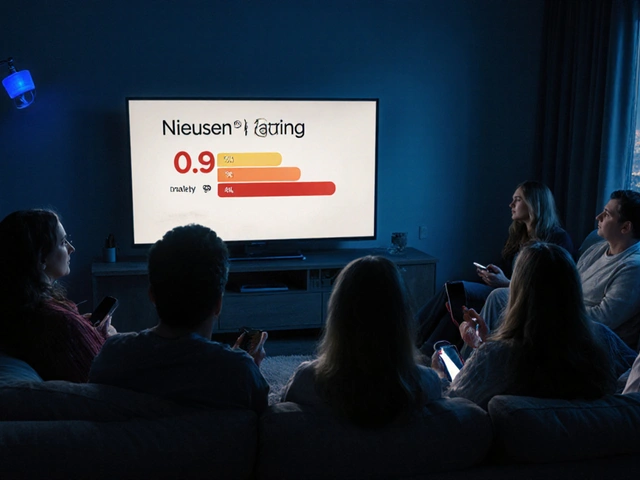
Tarun nahata
July 17, 2025 AT 23:07